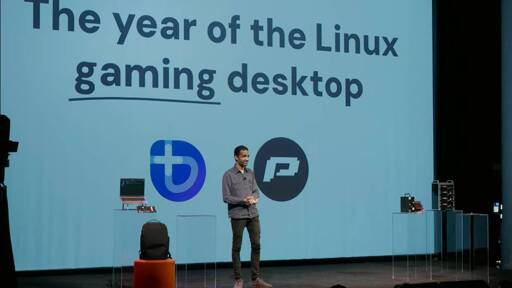

afaik theyre parasitizing microsoft this way by compiling and distributing everything on github, makes it cheaper too. they have a way for local computers to distribute software as peers at least so you only really need to download it once if your server or w.e. runs it too



can we start calling him a fascist war criminal and a murderer 👼